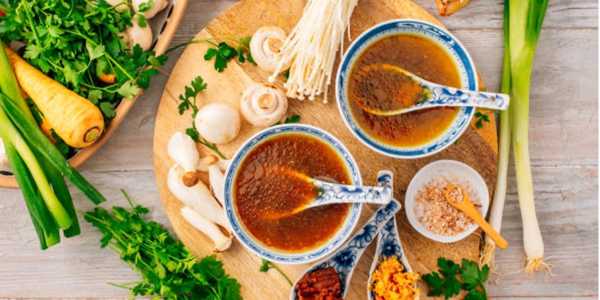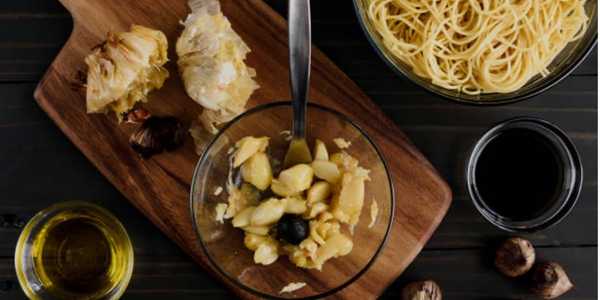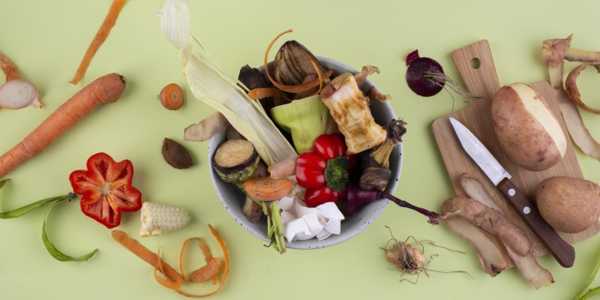tourism
Umami, often revered as the quintessence of taste, is a profound savory sensation that significantly enriches the palatal profile of myriad dishes. It is a pivotal component that imparts profundity and opulence, making meals more gratifying. This article will elucidate umami recipes, the nuanced art of cooking with umami, and the profound impact of umami flavor in dishes.
Understanding Umami

What is Umami?
Umami, derived from the Japanese lexicon signifying "pleasant savory taste," was identified as a distinct gustatory sensation in the early 20th century. It is naturally present in various comestibles such as tomatoes, cheese, mushrooms, and soy sauce. Cooking with umami can transmute mundane meals into extraordinary gastronomic experiences.
The Science Behind Umami
Umami is discerned by specific gustatory receptors that respond to glutamates and nucleotides. These compounds are abundant in proteinaceous foods and fermented products. Integrating umami flavour in dishes, augments taste and induces a sense of satiety and contentment.
Benefits of Cooking with Umami
Enhancing Flavor Without Extra Calories
A paramount advantage of cooking with umami is its capacity to amplify flavors sans additional caloric intake. Utilizing umami-rich recipes can diminish the necessity for added fats and sugars, thereby rendering meals more healthful.
Boosting Nutrient Absorption
Umami flavor in dishes can also enhance nutrient assimilation. Foods abundant in umami frequently contain vitamins and minerals more efficaciously absorbed by the body when ingested concurrently. This renders umami-rich recipes not only delectable but also nutritive.
How to Incorporate Umami in Your Cooking
Key Ingredients for Umami
To excel in cooking with umami, it is imperative to comprehend which ingredients exude this savory essence. Key ingredients include:
- Tomatoes: Fresh, desiccated, or cooked tomatoes are exemplary sources of umami.
- Mushrooms: Varieties such as shiitake, porcini, and truffles are particularly replete with umami.
- Soy Sauce: An indispensable component in many umami-rich recipes.
- Parmesan Cheese: Imparts a robust umami flavor to pastas and salads.
Techniques for Maximizing Umami
- Fermentation: Fermented victuals like miso and kimchi are rich in umami.
- Roasting: Roasting vegetables and meats can enhance the umami flavor in dishes.
- Combining Ingredients: Employing multiple umami-rich ingredients concurrently can engender a synergistic effect, intensifying the overall flavor.
Delicious Umami-Rich Recipes
Umami-Packed Pasta
A quintessential example of umami-rich recipes is umami-packed pasta. You concoct a dish brimming with flavour by amalgamating ingredients like tomatoes, parmesan cheese, and mushrooms. Follow this meticulous recipe:
1. Ingredients:
- 2 cups cherry tomatoes
- 1 cup sliced mushrooms
- 1/2 cup grated parmesan cheese
- 2 tablespoons olive oil
- Salt and pepper to taste
2. Instructions:
- Heat olive oil in a pan.
- Add tomatoes and mushrooms and cook until tender.
- Toss with cooked pasta and parmesan cheese.
- Season with salt and pepper.
Savory Umami Broth
Another splendid way to savor umami flavor in dishes is through savory broth. This broth can serve as a base for soups and stews or be enjoyed in isolation.
1. Ingredients:
- 4 cups water
- 1 cup dried shiitake mushrooms
- 2 tablespoons soy sauce
- 1 piece of kombu (dried seaweed)
2. Instructions:
- Combine all ingredients in a pot.
- Bring to a simmer and cook for 30 minutes.
- Strain the broth and use it as desired.
The Versatility of Umami in Cooking
Umami in Vegetarian Dishes
Cooking with umami is not confined to carnivorous fare. Vegetarians can relish the luxury of umami by utilizing ingredients like mushrooms, tomatoes, and soy products. These foods are integral to many umami-rich recipes and can create satiating vegetarian meals.
Umami in Global Cuisines
Umami flavor in dishes is esteemed worldwide, from Japanese miso soup to Italian tomato sauce. Understanding and employing umami can assist in crafting diverse and flavorful meals that traverse different culinary traditions.
Exploring the History of Umami

The Origins of Umami Discovery
The Japanese chemist Kikunae Ikeda initially elucidated the concept of umami in 1908. He was captivated by the sui generis taste of dashi, a Japanese broth concocted from kombu seaweed, and managed to isolate glutamate as the progenitor of this distinctive flavor. This seminal discovery paved the way for a more profound comprehension of how umami can augment umami-rich recipes.
Umami in Ancient Culinary Traditions
Preceding its scientific demarcation, umami had been an intrinsic element in various ancient gastronomies. For instance, the Romans employed garum, a fermented piscine sauce, as a flavor enhancer, akin to contemporary soy sauce. Similarly, Chinese cuisine has long harnessed soy sauce and fermented black beans to amplify dish umami flavour.
The Role of Umami in Modern Gastronomy
Umami and Molecular Gastronomy
In the avant-garde realm of molecular gastronomy, chefs utilize scientific tenets to revolutionize cooking with umami. Spherification and gelification enable chefs to fabricate novel textures while concentrating umami flavors, culminating in unparalleled culinary escapades.
Umami in Fine Dining
Umami has become a linchpin in haute cuisine, with numerous Michelin-starred chefs exploiting its potency to craft indelible dishes. By meticulously selecting umami-rich ingredients and deploying sophisticated culinary techniques, these chefs elevate umami-rich recipes to an art form.
Health Benefits of Umami
Umami and Appetite Regulation
Contemporary studies intimate that umami may play a role in appetite modulation. Consuming victuals with umami flavor in dishes may engender satiety and curtail overall caloric intake, potentially facilitating weight management. This renders cooking with umami an alluring option for those endeavoring to sustain a salutary diet.
Umami and Gut Health
The fermentation process intrinsic to many umami-rich comestibles also introduces beneficial probiotics. These probiotics bolster gut health, enhancing digestion and nutrient assimilation. Incorporating umami-rich recipes encompassing fermented ingredients like miso or kimchi can thus contribute to holistic well-being.
Advanced Umami Cooking Techniques
Dry Aging and Umami
Dry aging meat is a technique that tenderises and concentrates umami flavors. By allowing natural enzymes to disintegrate proteins over time, the meat develops a profound, rich umami flavor in dishes highly esteemed by gourmets.
Double Fermentation
Double fermentation is a process employed to intensify umami in certain comestibles. For instance, soy sauce can undergo a second fermentation stage to create tamari, which possesses a more robust umami profile. Delving into such techniques can augment your repertoire of umami-rich recipes.
Conclusion
Exploring umami in cooking unveils a realm of flavors and gastronomic possibilities. By incorporating umami-rich recipes and cooking with umami, you can elevate your meals' taste and nutritional value. Whether you are a home cook or a professional chef, mastering the art of umami will elevate your dishes to unparalleled heights. Embrace the savory essence of umami and metamorphose your cooking today.








